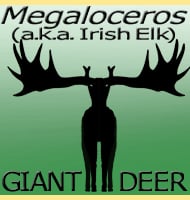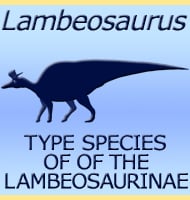In Depth
Acanthodes was what is called a spiny shark, a type of fish that are related to true sharks. The spiny sharks had spines that supported their fins as well as providing some defence against predators. Acanthodes however actually has relatively few spines for a spiny shark with a total of six spines being present in the pectoral, pelvic, anal and dorsal fins (one spine per fin). Because Acanthodes had no teeth, it is thought to have been a feeder of plankton and possibly small invertebrates and because of the lack of defensive spines, it may have swam in groups with others of its kind relying more upon safety in numbers.
Further Reading
– Kansas Hamilton Quarry (Upper Pennsylvanian) Acanthodes, with remarks on the previously reported North American occurrences of the genus. – The University of Kansas Paleontological Contributions (83). – Jiri Zidek – 1976. – Acanthodes and shark-like conditions in the last common ancestor of modern gnathostomes. – Nature. 486 (7402): 247–250. – S. Davis, J. Finarelli & M. Coates – 2012.










